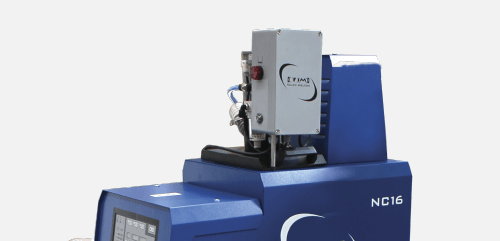Hot melt adhesive is a solid form of thermoplastic resin. When heated, it turns into a liquid that can be applied to various surfaces. Once cooled, the adhesive solidifies and forms a strong and durable bond. This type of adhesive is commonly used in manufacturing production lines for a variety of purposes. Let’s look at 5 of the most common applications for hot melt adhesive in manufacturing.
1. Packaging
Hot melt adhesive is often used to close the flaps of boxes and cartons in the packaging industry. The advantage of using hot melt adhesive over other types of adhesives is that it sets very quickly, so the box can be immediately sealed and made ready for shipment – increasing throughput and productivity.
2. Bookbinding
Another common use for hot melt adhesive is gluing the spines of paperback books together in the bookbinding and magazine publishing sector. The main benefit of using hot melt adhesive for this purpose is that it provides a much stronger bond than cold application glue, which means that the books will stay together better and last longer – and is far faster and more cost-effective than traditional bookbinding techniques.
3. Woodwork
Lamination of wood and assembling products in the woodwork and carpentry industry are two more common uses for hot melt adhesive. The main benefit of using hot melt adhesive for these applications is that it allows for a very strong bond to be formed between the pieces of wood or other materials being joined together. Commercial hot melt adhesives are compatible with a wide range of timber types and are frequently used to assemble complex wooden structures and products without the need for nails or pins.
4. Electronics
Many consumer electronic devices – including tablets and smart phones – are produced using hot melt adhesive to secure components of the device that need to be protected from vibration or impact. The advantage of using hot melt adhesive for electronics assembly is that it can withstand a lot of low-level vibrations (e.g. the movement of a phone in someone’s handbag) without the risk of components coming loose, which helps to ensure that the electronic device will work correctly and avoid faults.
5. Nappies/Textiles
Hot melt adhesive is also used in the production of nappies for babies and toddlers, bonding the material together in a way that retains stability and ensures comfort while the infant moves around. The seals formed by hot glue prevent leaks and tears by forming a water-tight seal between the layers of the nappy, keeping the absorbent material safely within its packaging.
Next Steps
The Adhesive Laundry provide a range of cleaning, repair, and maintenance services for commercial hot melt equipment, keeping your production line running and helping maximise throughput and efficiency. Take a look at our Hot Melt Tanks and automatic glue feeding pages for more information about our solutions, and feel free to contact us directly if you have any questions.
